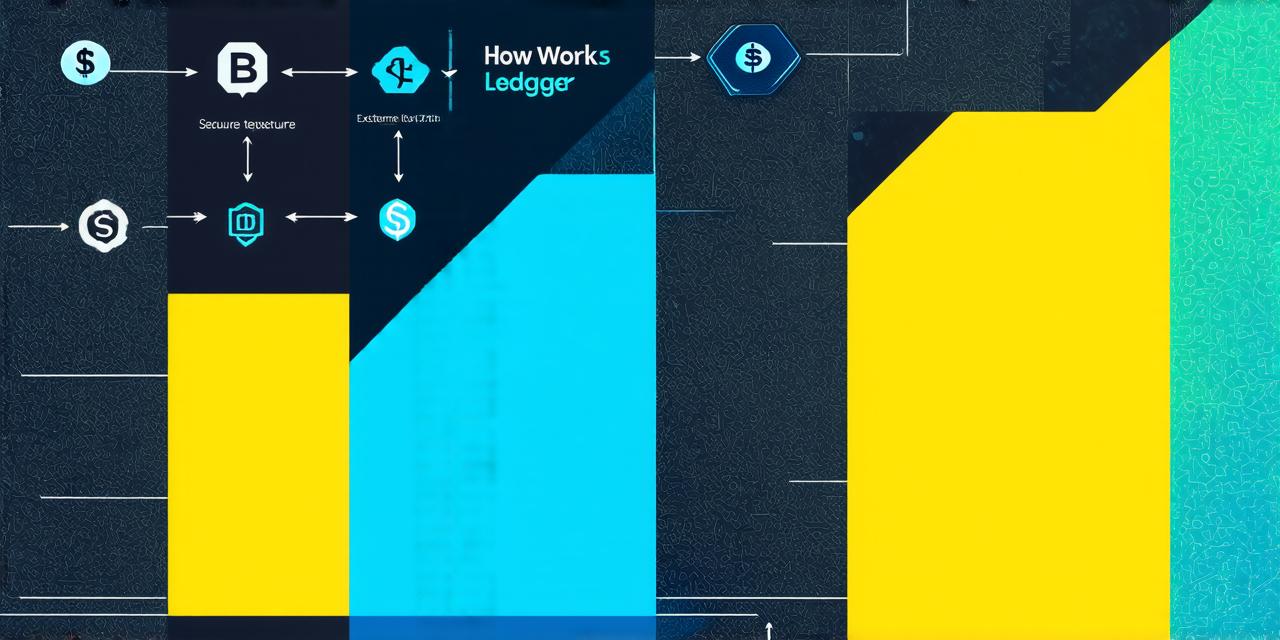<h2>How Crypto Blockchain Works: A Comprehensive Guide for Developers</h2>
Blockchain technology has revolutionized the way we think about data security and decentralization. With cryptocurrencies like Bitcoin and Ethereum, blockchain has become a mainstream topic in the tech industry. But what exactly is blockchain, and how does it work? In this comprehensive guide, we will delve into the world of blockchain and explore its various components and functions.
<h2>Table of Contents</h2>
<ul>
<li>Introduction to Blockchain Technology</li>
<li>The History of Blockchain</li>
<li>How Blockchain Works: A Technical Overview</li>
<li>Case Studies and Applications of Blockchain Technology</li>
<li>Blockchain Development Tools and Frameworks</li>
<li>Best Practices for Blockchain Development</li>
<li>Summary: The Future of Blockchain Technology</li>
</ul>
<h2 id="introduction-to-blockchain-technology">Introduction to Blockchain Technology</h2>
<p>Blockchain technology is a decentralized, distributed ledger that records and verifies transactions on the internet. It allows multiple parties to collaborate and share data securely without the need for a central authority or intermediary.</p>
<h2 id="the-history-of-blockchain">The History of Blockchain</h2>
<p>Blockchain technology was first introduced in 2008 by an anonymous individual or group of individuals using the pseudonym Satoshi Nakamoto. The concept was to create a decentralized digital currency that could be traded peer-to-peer without the need for intermediaries like banks. In 2009, the first block was mined and the Bitcoin network was launched. Since then, various cryptocurrencies and other applications of blockchain technology have emerged.</p>
<h2 id="how-blockchain-works-a-technical-overview">How Blockchain Works: A Technical Overview</h2>
<p>At its core, blockchain is a distributed ledger that contains a continuously growing list of records called blocks. Each block is made up of a timestamp and a cryptographic hash of the previous block, making it virtually impossible to alter or delete any information once it has been added to the ledger.</p>
<p>The decentralized nature of blockchain means that there is no central authority controlling the network. Instead, transactions are validated and verified by nodes on the network, which helps prevent fraud and ensures that all participants have access to the same information.</p>
<p>One of the key features of blockchain technology is its consensus mechanism. This is the method by which the network reaches agreement on the state of the ledger. In Bitcoin, for example, transactions are validated through a process called proof-of-work, where miners compete to solve complex mathematical problems in order to validate transactions and add them to the blockchain.</p>
<h2 id="case-studies-and-applications-of-blockchain-technology">Case Studies and Applications of Blockchain Technology</h2>
<p